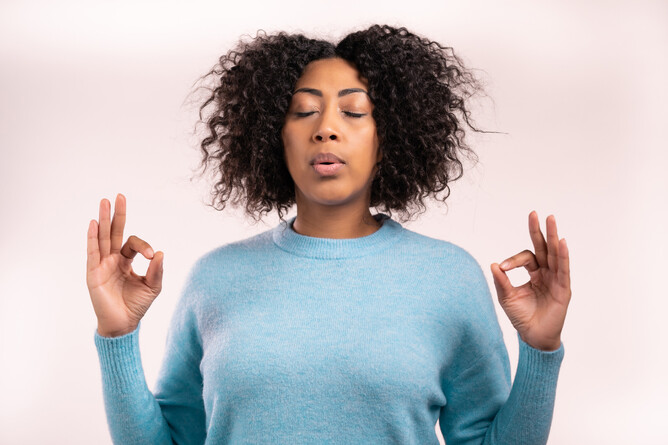We know it often doesn't fix what mad you anxious in the first place. And no, it doesn't have to look like this either... but actually, it can help!
Breathing techniques when shared and understood in calm moments, can be a helpful resource to avoid getting in higher or more intense moments of anxiety later.
Try these with yourself or your child and see what works for you. It's not for everyone, but it can actually help in the moment;
Diaphragmatic Breathing (Deep Breathing):
Inhale deeply through your nose, allowing your diaphragm to expand fully. Feel your abdomen rise as you fill your lungs with air. Exhale slowly and completely through your mouth, focusing on releasing tension. Repeat this process for several breaths, allowing yourself to feel more grounded and calm.
4-7-8 Breathing:
Inhale through your nose for a count of 4, hold your breath for a count of 7, and exhale slowly through your mouth for a count of 8. This technique helps regulate your breath and induces relaxation by promoting a longer exhalation.
Box Breathing (Square Breathing):
Inhale deeply through your nose for a count of 4, hold your breath for a count of 4, exhale through your mouth for a count of 4, and then pause for a count of 4 before beginning the next breath cycle. Imagine tracing a mental square as you go through each step.
Progressive Muscle Relaxation Breathing:
Combine deep breathing with progressive muscle relaxation. Inhale deeply, tensing a specific muscle group (e.g., shoulders) for a few seconds. Exhale while releasing the tension and allowing the muscles to relax completely. Move through different muscle groups, releasing tension with each exhale.
Mindful Breathing:
Focus your attention on your breath. Inhale slowly through your nose, feeling the sensation of the breath entering your body. Exhale through your mouth, observing the sensation of your breath leaving your body. If your mind wanders, gently bring your focus back to your breath.
These breathing techniques are powerful tools to help manage anxiety and promote relaxation. Practice them regularly, even when you're not feeling anxious, to build familiarity and comfort with the techniques.
Remember that everyone responds differently, so you may want to try a few to see which ones work best for you.

